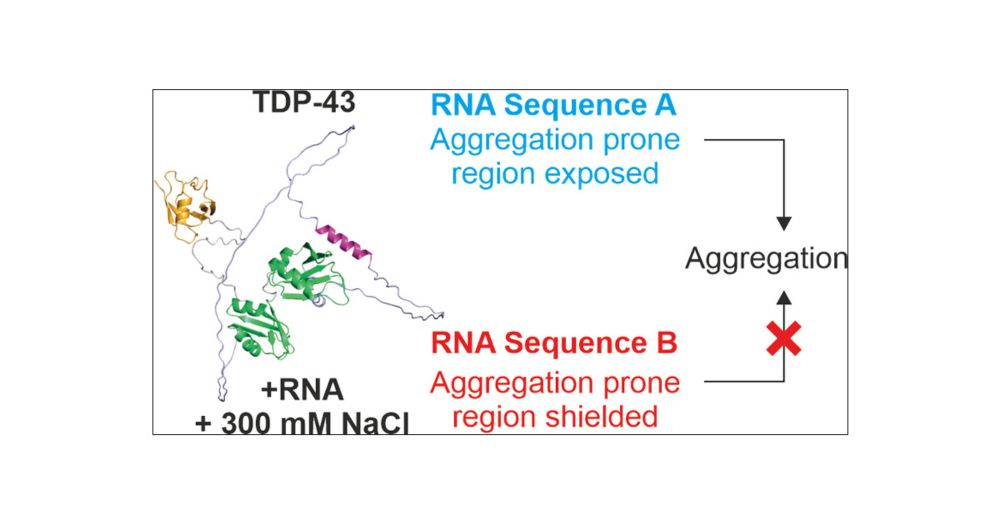
🏋🏼♀️🏃🏼♀️🎨🧶
🔬We used submicron nanopipette emitters to probe the conformational ensemble of α-synuclein in biochemical buffer systems using native ion mobility mass spectrometry.🧩
🔬We used submicron nanopipette emitters to probe the conformational ensemble of α-synuclein in biochemical buffer systems using native ion mobility mass spectrometry.🧩
📈 We show that Zn²⁺ ions modulate the conformational ensemble of N-acetylated α-synuclein which directly influences its amyloidogenic behaviour.
🧩 Our approach combines ion mobility mass spec with ThT fluorescence, NMR and MD.
👉🏼 pubs.acs.org/doi/10.1021/...

📈 We show that Zn²⁺ ions modulate the conformational ensemble of N-acetylated α-synuclein which directly influences its amyloidogenic behaviour.
🧩 Our approach combines ion mobility mass spec with ThT fluorescence, NMR and MD.
👉🏼 pubs.acs.org/doi/10.1021/...
It was a great chance to reconnect with old friends, make new connections, and receive valuable feedback 📈.




It was a great chance to reconnect with old friends, make new connections, and receive valuable feedback 📈.


